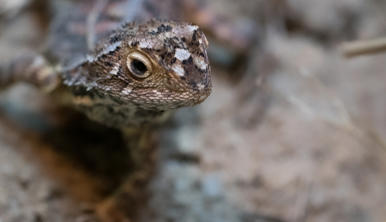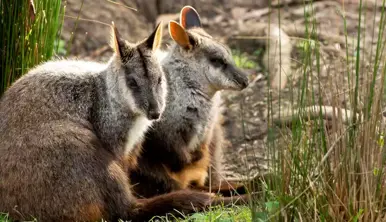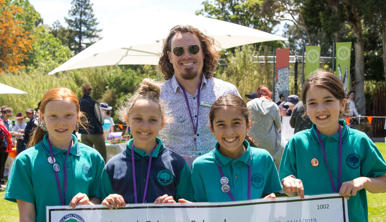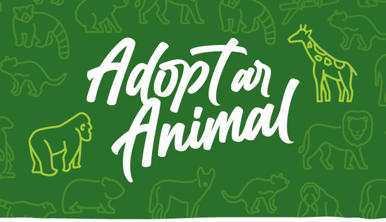Help us protect nature’s tiny and mighty
Be part of the change at Melbourne Zoo
At the heart of Zoos Victoria’s mission is a message of transformation – giving species on the brink of extinction a chance to thrive.
Melbourne Zoo now embarks on its own journey of change, with a vision to become the leading home of invertebrate conservation. As a not-for-profit conservation organisation, every tax-deductible donation helps us in this mission. Join us on this remarkable journey of metamorphosis. Be part of the change at Melbourne Zoo and help us protect nature’s tiny and mighty.
Melbourne Zoo is transforming. Will you help us redefine this iconic urban zoo?
Earlier this year, Melbourne Zoo bid a heartfelt farewell to the elephant herd and their dedicated keepers. With a long legacy of caring for animals great and small, we now have a unique opportunity to redefine what an urban zoo can be and reflect on our own metamorphosis.
We have evolved to become one of the southern hemisphere's most dynamic zoo-based conservation organisations; we've challenged our ways of working to ensure the animals in our care don't just survive but thrive; and we've planted the seeds of change in our millions of zoo visitors.
Now we're starting again with the little guys. The future of Australian invertebrate biodiversity is at a tipping point; however, Zoos Victoria's team of conservationists are providing hope for some of our state's most threated insects.
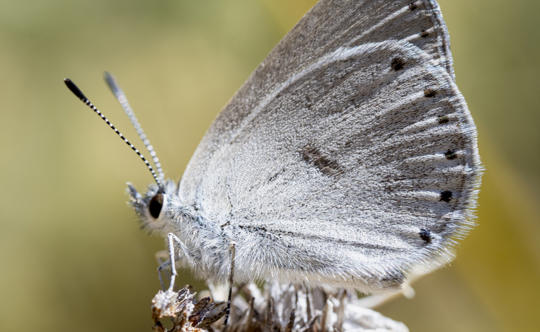
Photographed by Melvin Nathan
Help support our endangered pollinators today for a blooming-great tomorrow.
“We are losing Australian invertebrates at a rate of one-to-three species per week,” said Jessie Sinclair, Invertebrate Conservation Coordinator.
“And while it's tempting to think that our interventions only benefit our priority species, invertebrate conservation is all about supporting an ecosystem that benefits many: adding pollinators to a landscape, providing food sources for other animals, recycling nutrients in the soil for plants to grow."
Will you help restore habitat for Victoria's only known endemic butterfly?
The Golden-rayed blue butterfly is found exclusively in the salt marshes and river systems of the Wimmera and only has eyes for one rather attractive plant.
The Endangered butterfly spends its entire life cycle among the fleshy leaves of Creeping Boobialla (Myoporum parvifolium), which were prolific throughout the region but has lost ground due to land clearing and changes to the natural river systems.
Jessie first began working with the species in 2021 and fell in love at first glance.
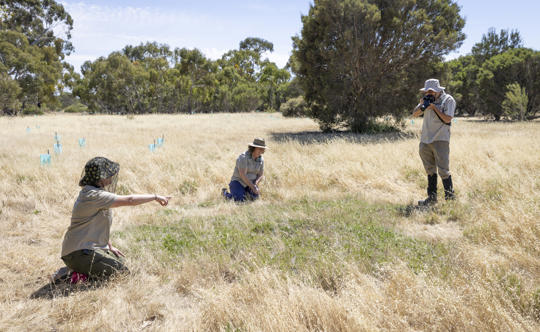
"This butterfly is approximately the same size as a 10-cent piece and has the most amazing upper wing.”
Zoos Victoria has partnered with Dalki Garringa Native Nursery in Wail to propagate thousands of cuttings from just four local plant populations. These plants have now been planted out to bolster remnant habitat and establish new terrain that will one day, hopefully, play chef and nanny to future Golden-rayed blue butterfly caterpillars.
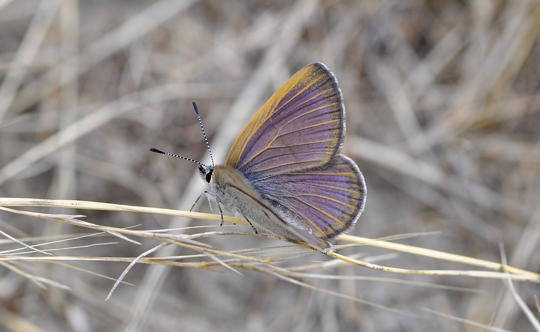
“When it basks in the sunlight, it opens its gorgeous purple-blue colour wings, which are veined with golden rays."
Will you help protect one of Victoria’s most elusive rediscoveries?
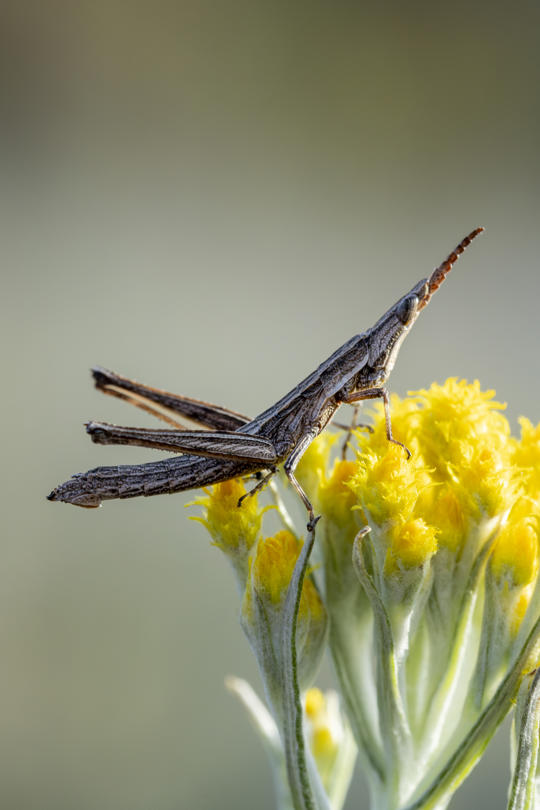
In September, Jessie added a new skill to her professional CV – Grasshopper chauffeur.
Jessie and her colleagues collected 100 Endangered Key's Matchstick Grasshoppers from a patch of remnant grassland on a roadside near Tolmie and transported the precious freight to the Euroa Arboretum, where a new home awaited.
“These tiny grasshoppers are flightless and travel mere metres in their lifespan,” Jessie said. “They needed a bit of help moving to their new home and we were only too happy to oblige.”
The species are fussy eaters and won't stray far from their preferred food plant. Unfortunately, only two per cent of native grasslands remain in Victoria since European colonisation, and these remnant patches tend to be fragmented, leaving species like the Key's Matchstick Grasshopper stranded and at risk.
This summer, 38 hatchlings – each measuring less than one centimetre from tip to tail – were found hopping around the Arboretum's grassland restoration area.
“Each successful translocation trial helps us minimise the risk of extinction and brings us closer to taking the species off of the Threatened Species list.”
Will you help this species live on beyond the history books?
It all started with Adam and Eve.
Intrepid conservationists braved the wild seas more than 20-years ago to extract an aptly named pair of Lord Howe Island Stick Insects from a volcanic outcrop 23 kilometres off the coast of Lord Howe Island.
Found nowhere else in the world, these striking black insects were driven to the brink when stowaway black rats were accidentally introduced to the island after a shipwreck.
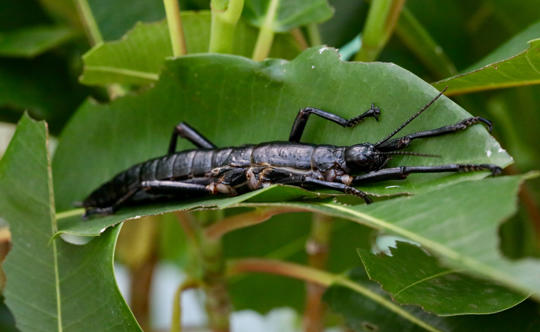
In a romance for the ages, Adam and Eve ventured to Melbourne Zoo, establishing a conservation breeding program to prevent their species from being lost to extinction. Eight years ago, the couple’s decedents made room for Vanessa, a third 'founder’ who introduced precious genetic diversity.
The breeding program is now world famous and has captivated the likes of Sir David Attenborough, Dame Jane Goodall and Steve Backshall, as well as countless visitors and staff.
We're hopeful that in the not too distant future, after a successful rodent-eradication program, the Stick Insects will be reintroduced to their island home once more.
Will you nurture hope at Melbourne Zoo?
It is with your continued support that we continue to transform our Zoos and help protect nature’s tiny and mighty.
As a not-for-profit zoo-based conservation organisation, our critical fighting extinction work is only made possible thanks to your ongoing support.
Other ways to help us
There are many ways to support wildlife, including leaving a gift in your Will, Fundraising for wildlife, becoming an Animal Adopter or Conservation Partner.

